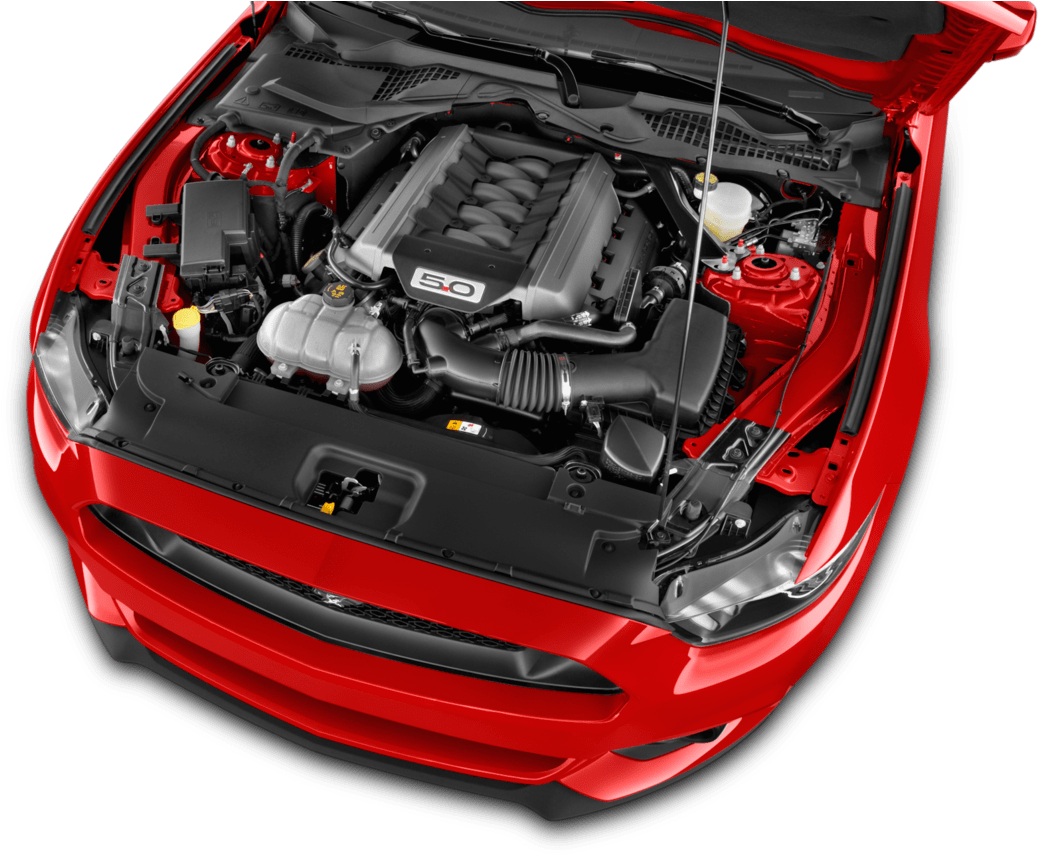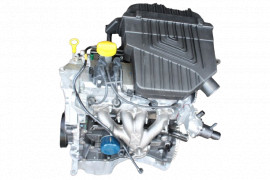Update Your Lorry with a New Opel Corsa Engine
Discovering the Inner Operation of a Compact Automobile's Engine System
As vehicle drivers, we typically take for given the detailed processes that take place within the confines of our car's engine system. In this expedition of a compact car's engine system, we will certainly untangle the inner workings of this mechanical symphony, losing light on the mysteries that drive us ahead on our day-to-day journeys.
Burning Process Overview
The combustion procedure in a small lorry's engine system is a crucial system that successfully transforms fuel right into energy to power the automobile. This procedure takes place within the combustion chamber of the engine, where fuel and air mix, spark, and generate regulated surges. The combustion process contains four main stages: consumption, power, exhaust, and compression.
Throughout the consumption stage, the piston relocates downward, reeling in a mixture of air and gas right into the combustion chamber. The following stage, compression, entails the piston moving upwards, pressing the air-fuel blend to enhance its effectiveness. Consequently, in the power phase, the ignition system fires up the pressed mixture, leading to a quick growth of gases that forces the piston pull back. This descending activity generates the power needed to drive the lorry. In the exhaust stage, the scorched gases are expelled from the combustion chamber via the exhaust valve, preparing the chamber for the following cycle. This cyclic burning process is essential to the operation of a portable vehicle's engine system, guaranteeing reliable energy conversion for propulsion.
Piston and Cylinder Communication

The piston's precise fit within the cylinder is necessary for keeping optimum compression and protecting against power loss throughout burning. Limited clearances in between the piston and cyndrical tube wall surfaces make sure reliable securing, permitting the piston to relocate efficiently without enabling gases to leak past. Proper lubrication is also important to lower rubbing and use between these elements, enhancing longevity and efficiency.
Furthermore, the layout and products utilized in producing the piston and cylinder impact engine effectiveness and toughness. Modern engines usually use light-weight yet durable materials like light weight aluminum alloys for pistons and cylinder linings to minimize inertia and improve thermal effectiveness. Generally, the unified interaction in between the piston and cylinder is fundamental to the engine's capability and overall efficiency.
Gas Injection System Functionality
Gas injection systems in portable lorry engines play an important function in precisely supplying gas to the combustion chamber for controlled and efficient ignition. The fuel shot system operates by injecting gas into the burning chamber at the ideal minute during the engine's procedure (opel corsa engine). This exact timing guarantees that the gas mixes evenly with the air for appropriate burning, causing improved gas effectiveness and decreased exhausts
There are mostly two sorts of fuel shot systems made use of in small vehicle engines: port fuel injection (PFI) and direct gas shot (DFI) PFI systems inject gas into the consumption port before the consumption valve, while DFI systems inject gas directly right into the combustion chamber. Both systems have their advantages, with DFI supplying far better fuel atomization and PFI supplying a much more see here now affordable option.
Understanding Engine Cooling Devices
Effective procedure of a portable vehicle's engine relies heavily on the effectiveness of its cooling mechanisms. The air conditioning system in a small lorry typically is composed of numerous elements working with each other to control the engine temperature. Understanding these engine air conditioning devices is crucial for maintaining the performance and long life of a portable automobile's engine system.

Exhaust System Components Explained
The optimum functioning of a portable automobile's engine air conditioning systems depends on a corresponding system understood as the exhaust system, which comprises numerous necessary components for ensuring reliable discharges and engine performance. The exhaust system includes parts such as the exhaust manifold, catalytic converter, muffler, and tailpipe. The exhaust manifold accumulates exhaust gases from the engine's cyndrical tubes and routes them to the catalytic converter. The catalytic converter after that transforms hazardous toxins in the exhaust right into less harmful exhausts before launching them through the muffler and tailpipe.
One important part of the exhaust system is the oxygen sensor, which keeps track of the oxygen degrees in the exhaust gases to assist manage fuel usage and make certain optimal engine performance. opel corsa engine. In addition, the resonator may be present in some exhaust systems to minimize noise degrees. Overall, the exhaust system plays a vital function in preserving engine performance, decreasing damaging emissions, and guaranteeing a quieter next page driving experience for small car proprietors

Final Thought
In verdict, the compact lorry's engine system is a complex combination of elements that interact to assist in the burning procedure, transform fuel into energy, and eliminate waste gases. Understanding the internal functions of the engine system, including the piston and cyndrical tube communication, gas injection system, engine air conditioning mechanisms, and exhaust system elements, is crucial for preserving ideal performance and performance of the car.
The burning process Click Here in a compact vehicle's engine system is a crucial system that effectively transforms gas right into power to power the vehicle.Fuel injection systems in compact vehicle engines play an essential duty in exactly supplying fuel to the combustion chamber for efficient and regulated ignition.There are mostly 2 kinds of gas injection systems utilized in portable car engines: port gas shot (PFI) and straight gas shot (DFI) Recognizing these engine cooling systems is crucial for preserving the efficiency and long life of a compact lorry's engine system.
The optimum performance of a portable automobile's engine cooling systems depends on a complementary system known as the exhaust system, which comprises various important parts for ensuring efficient emissions and engine performance.